Tag: become a welder
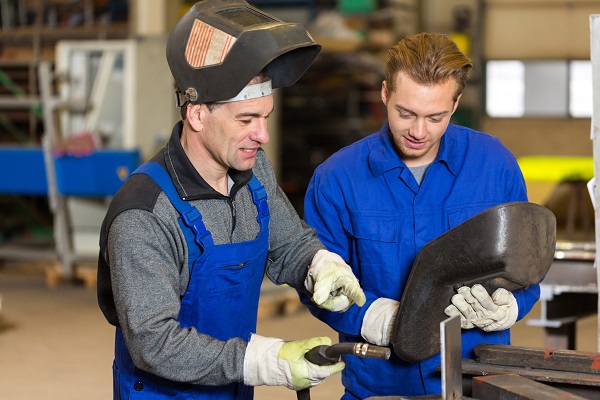
The beginning of a new year, particularly a new decade, is the perfect time to consider starting a new career. If you’re a practical person looking for a challenging but rewarding trade which offers high pay and the opportunity to work in various countries and industries, welding could be the industry for you.
Welders make and put together metal parts using heat. They are most commonly employed in the oil, gas and mining industries, but also work in the automotive, marine and military sectors.
Skilled welders are always in demand, and this demand is expected to increase this year thanks to retirement numbers and developments in energy and manufacturing.
Read on to find out why now is the perfect time to enrol in welding training.
Welders Are Always in Demand
Figures show that this year Canada could face a ‘baby boomer retirement’ crisis, as ‘baby boomers’ (those born between 1946 – 1964) retire in huge numbers. This is good news for those starting a new career in a trade like welding, as there will be plenty of job opportunities. The Canadian Government estimates that may be as many as 24,000 new job openings across the country between 2017 and 2026.
As well as this, there is lots of development happening in the energy sector right now which will create demand for welders. The nation is looking to invest in better sources of renewable energy, as well as continuing to build infrastructure for current sources like wind turbines and solar panels. These are often made using metal, meaning that welders will be needed.
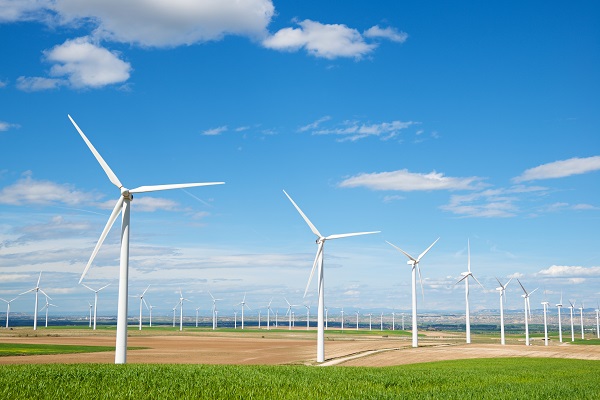
Skilled welders with specialized experience in Gas Metal Arc Welding (GMAW), Gas Tungsten Arc Welding (GTAW), Flux Cored Arc Welding (FCAW), and Shielded Metal Arc Welding (SMAW) are among the most in-demand.
As part of your welding technician training at North American Trade School, you will gain practical experience in each of these techniques, putting you in an excellent position to find employment after graduating.
Work in a Variety of Industries with Welding Technician Training
Studying to become a welder can lead to a career in a wide variety of industries. Welders are needed in almost every area of manufacturing, construction, energy, and repair and maintenance, and are also able to switch between industries throughout their careers.
Welders can choose to work in factories, on ships or shipyards, as part of the military repairing military tanks and vehicles, as well as in the engineering, oil, gas and mining industries.
As well as this, there is always the opportunity to take your career a step further with extra studying, which could open up opportunities in robotics or education.
The Opportunity to Travel the World
If you’re looking for a career that will take you all over the world, then look no further. Demand for welders is increasing internationally, not just in Canada.
You can also work in interesting and unusual environments. A welder working on board a cruise ship, for example, would be able to visit multiple countries while working, and would also benefit from high pay, as well as free room and board.
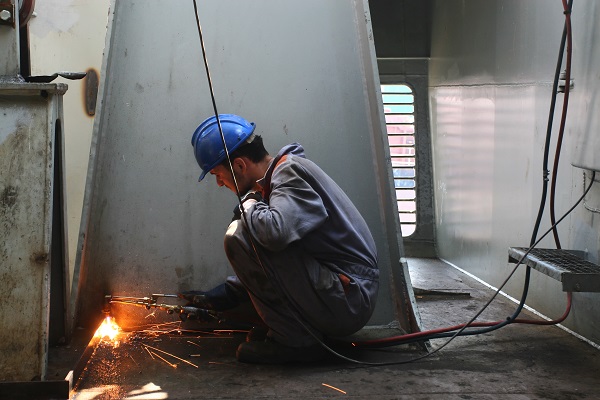
Additionally, some welding jobs structure their contracts to allow you a lot of time off, such as roles where you work on the road for six months and then have six months off.
Earn a Competitive Salary
Welder salaries vary depending on skill, experience and location. Highly skilled welders that are prepared to travel can earn well over six figures. Welders working with the military in the Middle East can also expect to receive high pay because of the risk involved.
Are you interested in taking the next step in your career with welding training?
Contact North American Trade School to find out more!
Key words: welding training, welding technician training, become a welder
A Look at Consumable vs. Non-Consumable Electrodes If You Want to Become a Welder
November 07, 2019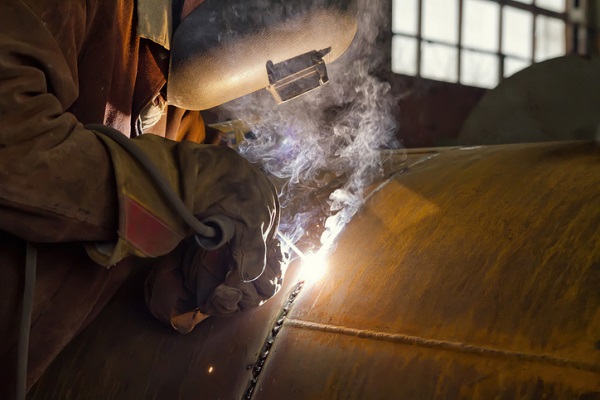
Different types of electrodes, also known as rods, are categorized based on their material, diameter, coating and whether they are consumable or non-consumable. The most common type of rods are steel, which may be mild, low alloy, or stainless, but there are also bronze, aluminum, and composite welding rods. It is part of the welder’s job to decide on which type of rods to use for different projects. The material of the core wire of a rod will depend on the type of metal being welded, also referred to as the parent material.
In order to choose the right material and type of rod, a welder must know the differences between consumable and non-consumable electrodes. Each is used for different applications and, with theoretical knowledge and hands on experience, a trained welder will know how to make these decisions to ensure quality welds.
First: a Few Basics of Welding Training
Before getting into the specifics of consumable and non-consumable electrodes it is important to set up some foundational points for your welding training. An understanding of what flux covering (or coating) is along with what a weld pool is, will give you a greater understanding of the main differences between consumable and non-consumable electrodes.
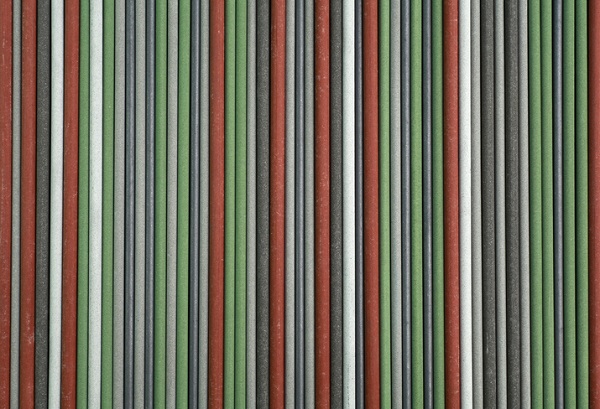
Flux coating is a layer of chemicals that covers the rod and burns off during welding. This produces an inert gas that protects the weld pool and solid metal from atmospheric contamination. Oxygen will weaken the bond of your joint and impurities in the weld pool can also cause problems. Typically, though not always, consumable rods have flux coating. Non-consumable electrodes usually do not, meaning they require the use of shielding gases.
The weld pool is the small coin-shaped part of a weld where the base metal is at its melting point. This is where a welder will either use filler material, in the case of non-consumable electrodes, or not use filler in the parent materials requiring consumable electrodes.
Consumable Electrodes
The key characteristics of consumable electrodes are the following: they have lower melting points, they are usually used in metal inert gas (MIG) welding, they are typically made of mild steel or nickel steel and they are used in arc welding. The lower melting point means that they melt away, or are consumed as the welder works. This also means that they have to be replaced on a regular basis.
There are four types of consumable electrodes if you are considering flux coating and they range from bare (no flux coating) to heavily coated. While there are even more variations in terms of the types of coating that may be used, overall, it is worth noting that consumable electrodes have fewer industry applications.
Non-Consumable Electrodes
As indicated by the name, non-consumable electrodes do not melt away in the process of welding. As a student in welding school you should know that non-consumables are made from materials with higher melting points. These materials include tungsten, carbon and graphite and although these materials will not be consumed during the weld, the rods may lose length due to vaporization and oxidation.
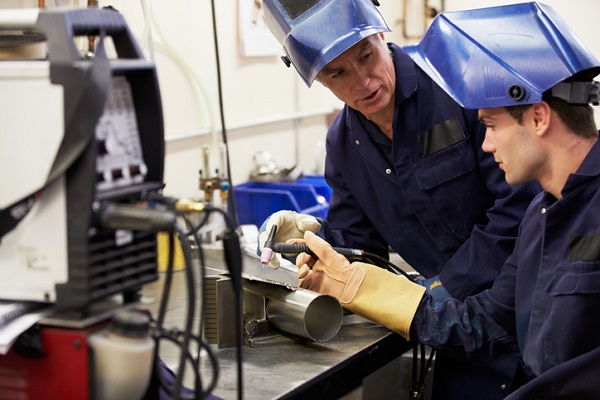
When using non-consumable electrodes a filler metal is necessary to make the weld pool. Shielding gases that would normally come from flux coating are also required to protect the welding area. Another factor to consider is that tungsten electrodes are more expensive than carbon or graphite electrodes. However, the choices you make will likely depend mainly on the parent materials.
Want to learn how to become a welder?
Contact North American Trades Schools to get started!





